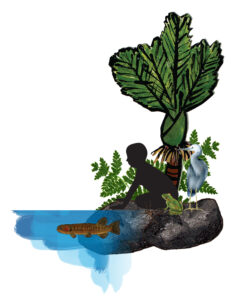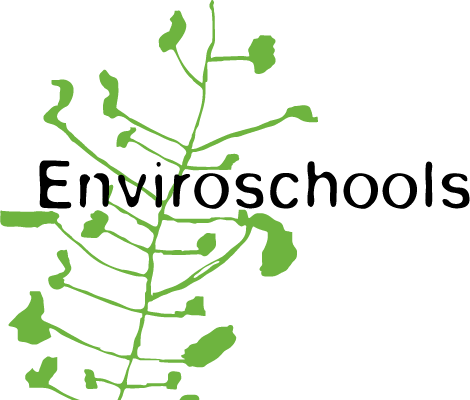Exploring the Health of the Awa: Water is Life
We all interact with water every day—but how often do we stop to consider where it comes from, where it goes, and the life it supports along the way?
This was the driving question for the Year 7 and 8 students at Fairhall School as they explored the health of their local awa as part of their inquiry, Water is Life.
The first challenge? Choosing a suitable waterway to study.
The students quickly discovered that not all rivers flow year-round, and appearances can be deceiving. While Doctor’s Creek at Benmorven Rd and Fairhall River seemed like ideal study sites, they often run dry in summer. Further downstream, Doctor’s Creek resurfaces—but in a degraded state, making it unsuitable for their investigation.
The Taylor River at the confluence with Murphy’s Creek—a site further away from school but accessible, and full of life – was chosen.
Dividing into three groups, the students used hands-on methods to assess the awa’s health:
Measuring water flow to understand movement and changes in the waterway
Testing water clarity to assess sediment levels and overall quality
Identifying invertebrates—tiny aquatic creatures that act as indicators of water health
While all activities provided insight to the awa’s health, it was the invertebrates that truly captured their attention!
The students were surprised by the cold water temperature, learning that cooler water holds more oxygen, supporting a wider range of freshwater species.
Armed with nets and identification boxes, they stirred up stones and vegetation, uncovering a fascinating range of aquatic life:

- Mayfly nymphs using their gills to breathe
- Cased caddisfly larvae securing their silk homes to stones
- Backswimmers darting through the water
- Even dobsonfly larvae—better known as Toebiters!
A few keen students tried to net bullies and small fish spotted darting among the weeds, but these fast swimmers remained elusive!
After comparing notes, the students concluded that this section of the Taylor River was in good health. Their next step? Sharing their discoveries with their peers and community, raising awareness about the importance of keeping local waterways clean and thriving.

